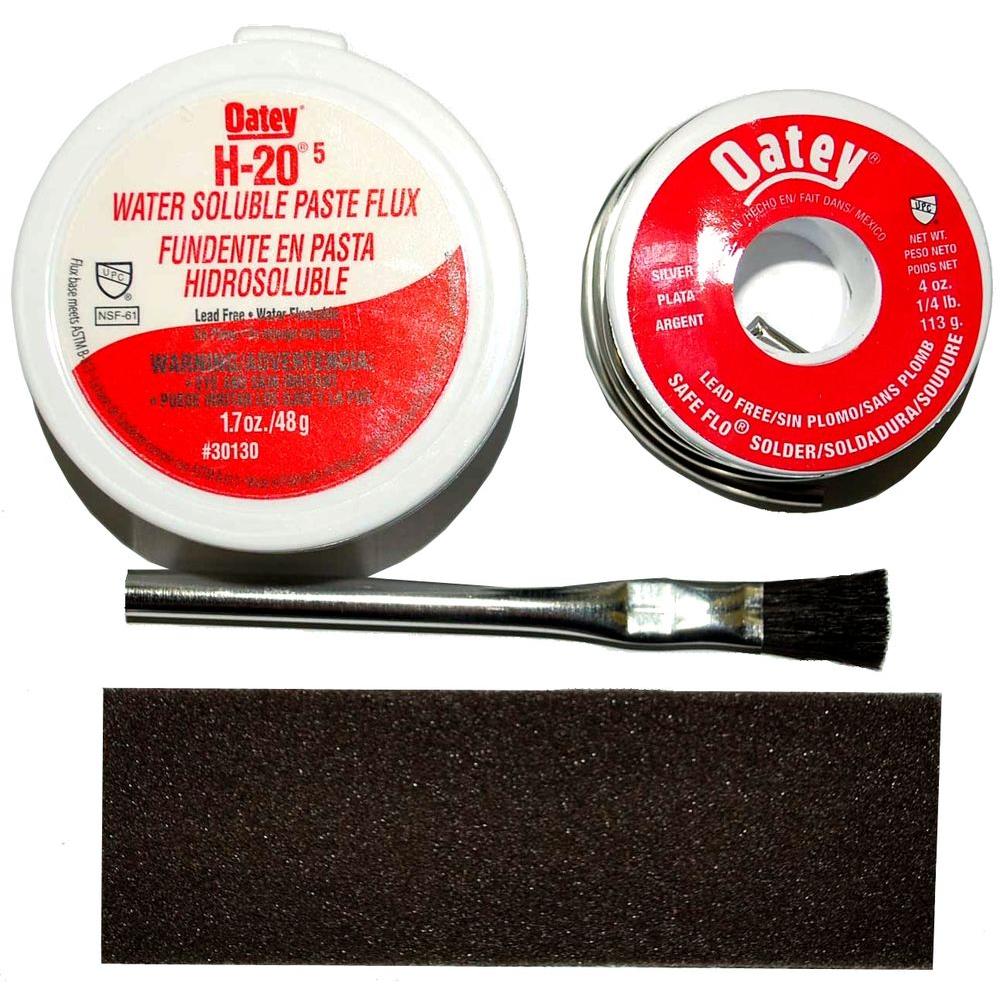

One also has to consider the cost of the equipment, not just the capital cost but the cost of materials, floor space, venting, effluent discharge etc.

I know there are more issues than those stated such as the compatibility of flux residues with conformal coating, the residual flux behavior on the end use of the product, the need to educate the customer to seeing residues and films on their products, the types of testing which need to be conducted to verify the goodness of the products. In other words, is all of this worth the cost, or should the process be changed to low solid content fluxes and not worry about any cleaning processes. The value added option of cleaning still must be answered. The question of recycling the solvents and aqueous solution must be answered. The question of "How Clean is Clean?" must still be answered. The surface tension of the cleaning medium was too high to get beneath the components hence the fluxes were not washed off, leaving behind some ionic residues from the halide activators being used in those fluxes.Īlthough this is a short history of the fluxes, the questions remain the same, which flux works best for you, and can you clean it all off the product. With the introduction of surface mount in the 1980s, entrapment areas were more prevalent as spaces beneath components were smaller and the ability of these solvents to penetrate beneath these components became susceptible.

They usually don't remove these RMA residues from cable assemblies.Īnother way to remove rosin fluxes was to convert them to rosin soap with an alkaline saponifier and rinse them off with deionized water, whereas the water soluble fluxes were more aggressive material and theoretically were easier to remove with the traditional water cleaning systems. Mildly Activated Rosin (RMA) fluxes do not need to be removed but due to their appearance and difficulty they pose in electrical testing, most manufacturers also have processes in place to remove them from printed circuit boards. The rosin has to be dissolved and the activators have to be removed especially with Rosin Activated fluxes. Rosin base fluxes were only cleanable in solvents designed for their removal. Quite a difference between the existing solvent materials being used to clean rosin fluxes, such as Trichloroethylene (TCE), 1,1,1-Trichloroethane, Chloroethane, D-Sol, MEK (Methyl Ethyl Ketone), Freons (CFCs) and HCFC, which by the way were found to be carcinogenic and ozone depleting materials. It was also identified that these water soluble fluxes could be cleaned with just water. The thought process was "flux was your friend", and the more aggressive the flux was the easier it was to solder components to the products. When this debate first arose, Rosin fluxes were not as aggressive as the more active water soluble fluxes. What are the major differences between rosin based fluxes and water soluble fluxes?Īssuming we have up-to-date equipment and cleaning systems to handle either process, under what circumstances should we use one process over the other? Which to Use - Rosin Flux or Water Soluble?


 0 kommentar(er)
0 kommentar(er)
